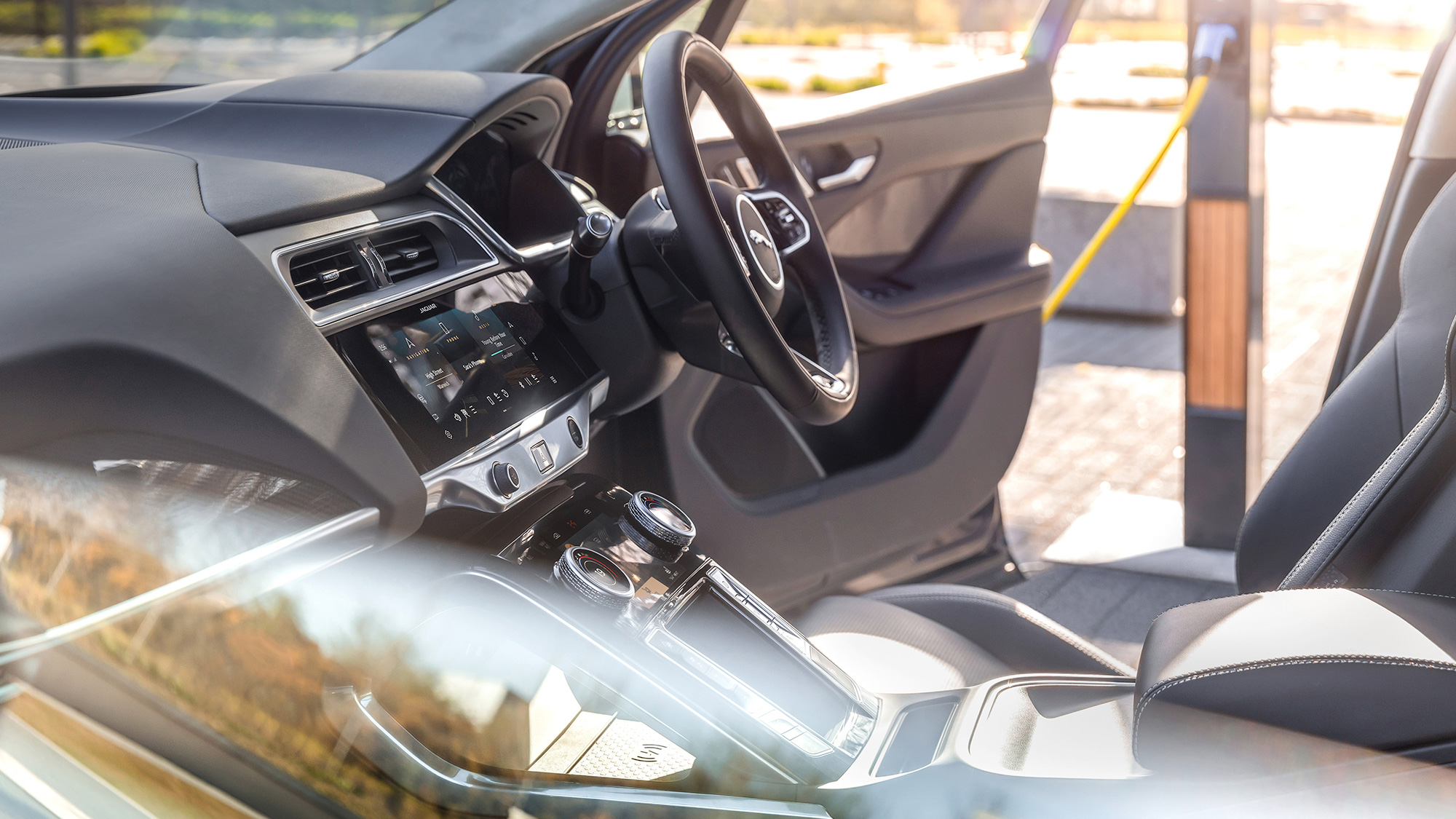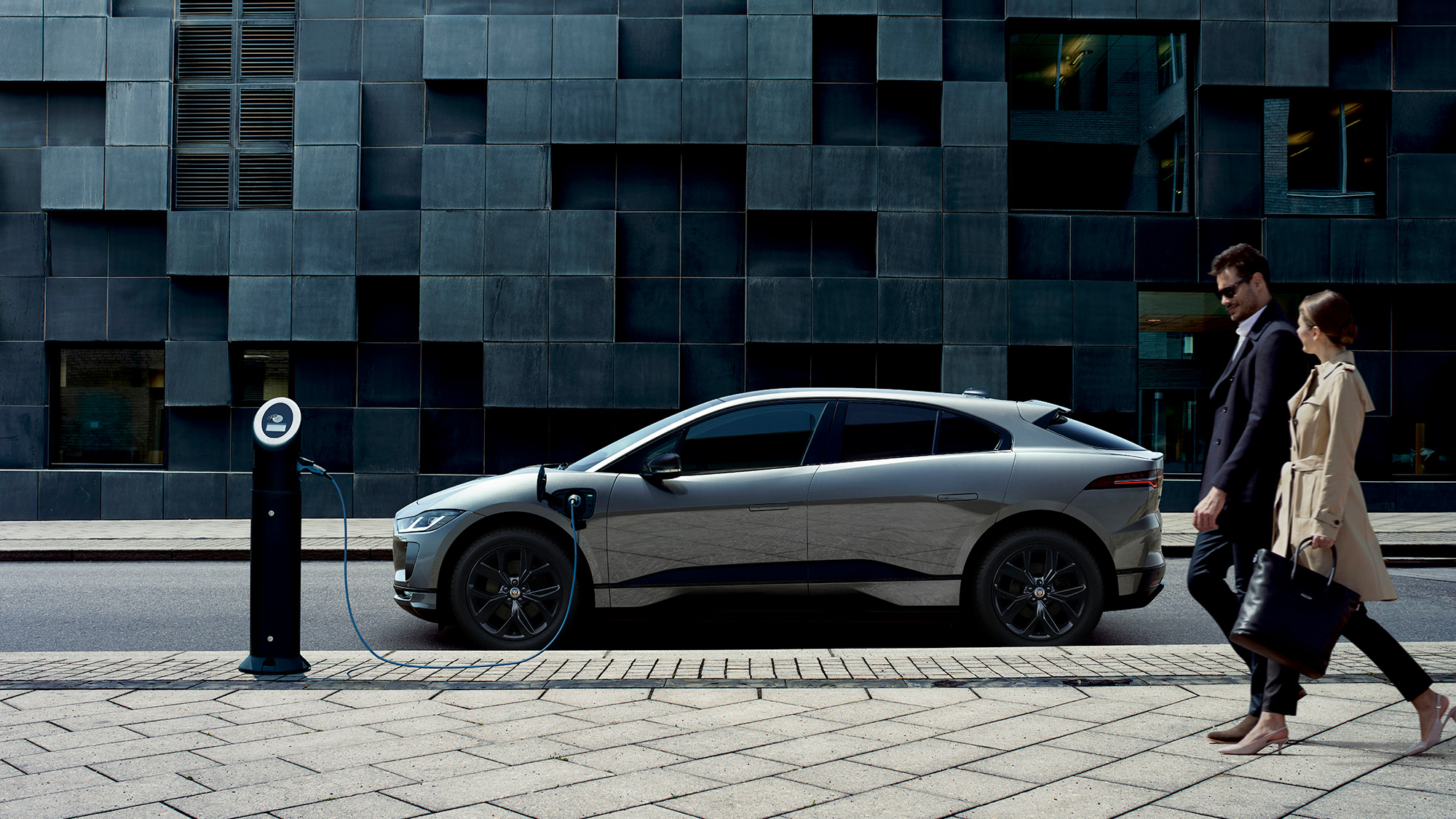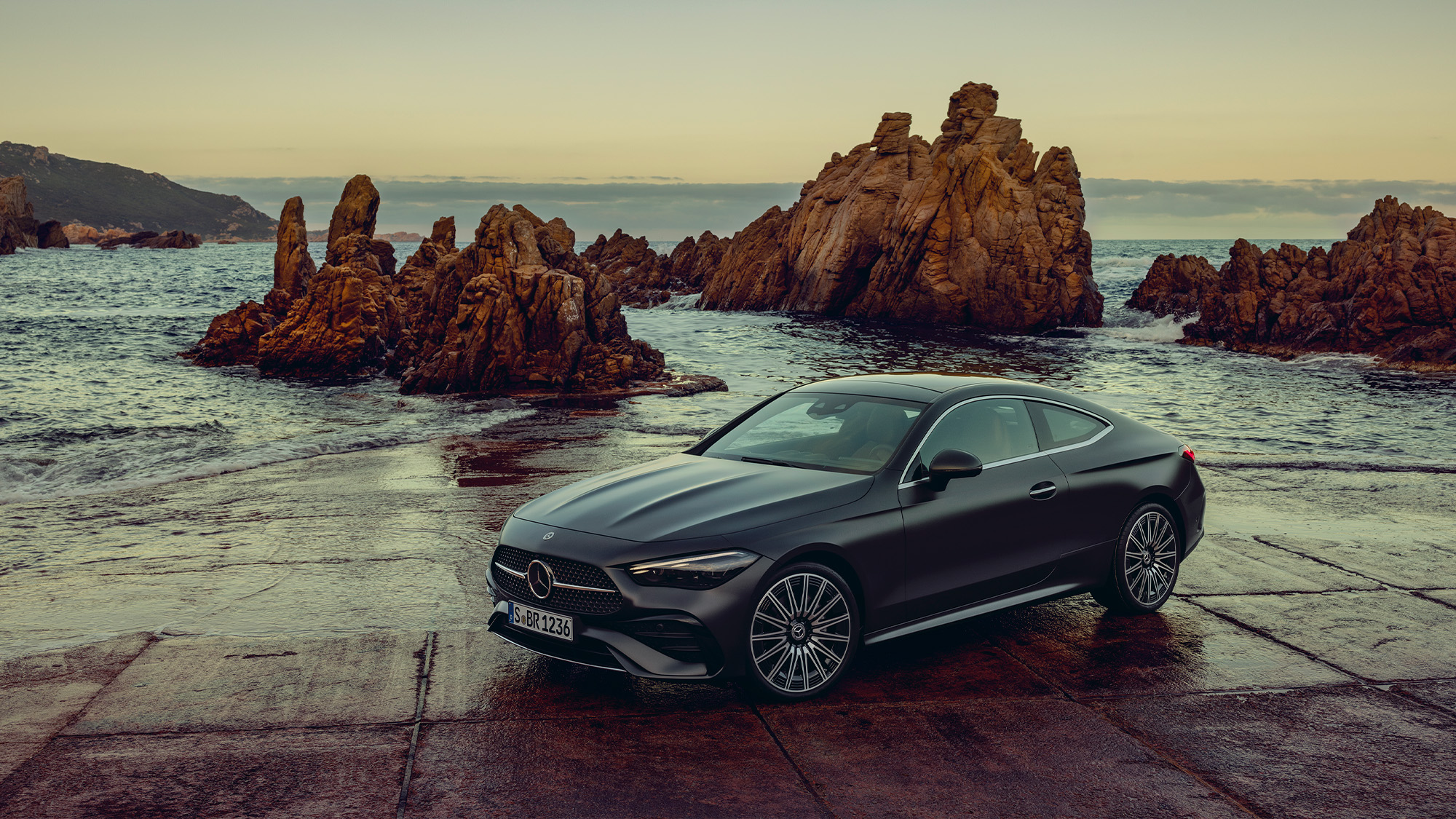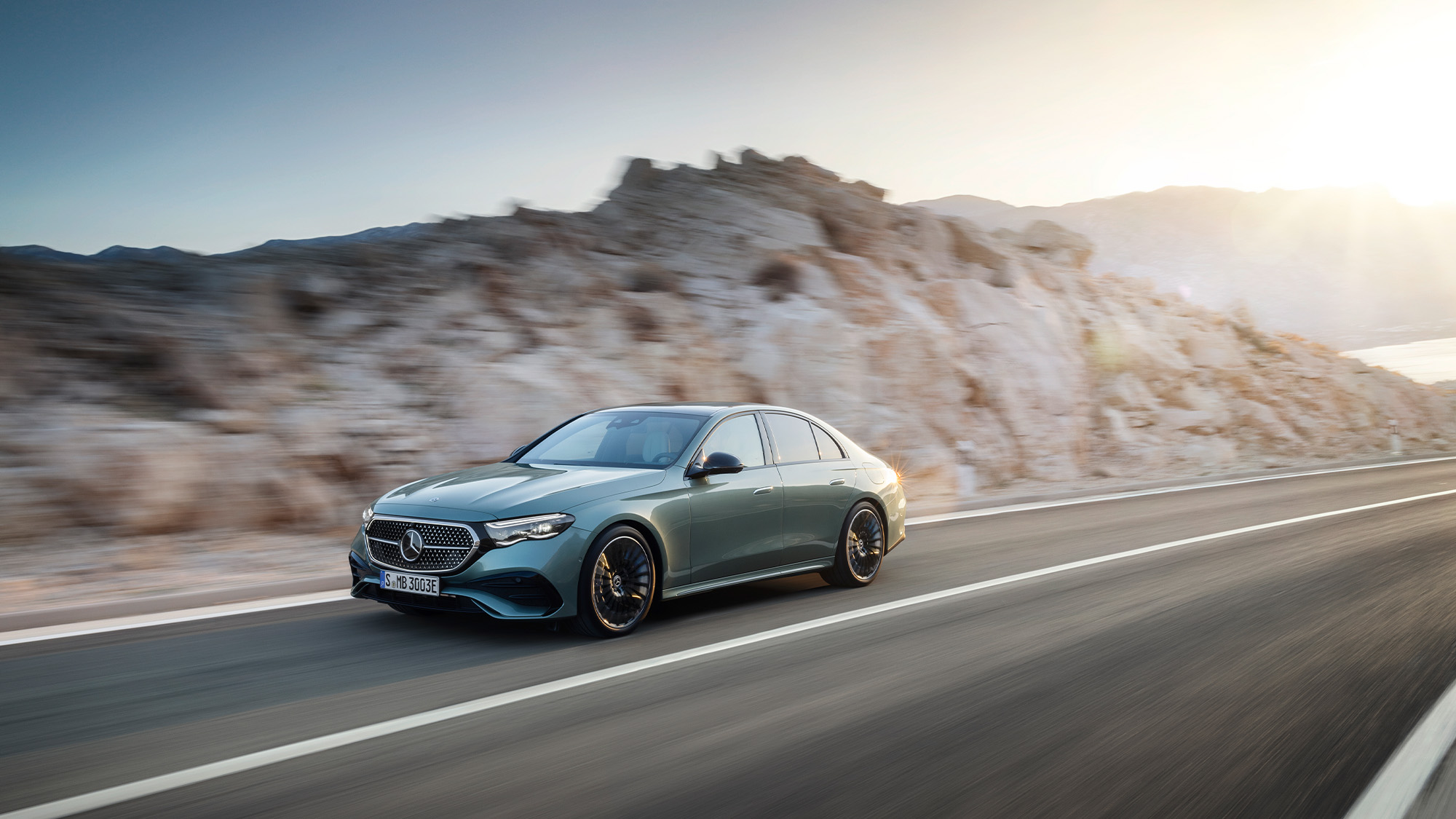With the advent of electric vehicles in the mainstream, and the inevitable rise of the electric vehicle (EV) population on South African roads comes some confusing terminology even the most avid petrolhead, or in this case electric head, might grapple with.
- China (42%), Europe (26%), and North America (25%) are the markets leading the global uptake in EVs according to a GreenCape EV Market Intelligence Report.
- A 2020 Deloitte report estimates total EV sales growing from 2.5-million in 2020 to 31.1 million by 2030.
- If you don’t know your kWh from kWh/100km, keep reading.
- Visit www.sandtontimes.co.za for more stories.
Deconstructing the electric alphabet soup, Jaguar South Africa recently demystified the EV world with layman’s explanations of five must-know terms.

KWH
These three letters stand for kilowatt-hours and a kWh is a unit of energy. In EVs it is used to measure the storage capacity of batteries – think of it as the size of your “fuel tank” in your electric vehicle.
Where an F-PACE SVR uses an 82-litre fuel tank to supply petrol to its V8 Supercharged engine, an all-electric I-PACE gets its energy from a 90kWh battery pack positioned in the floor of the car.
The bigger the number, the more energy an EV can store, and this is an important thing to consider when researching EVs. A smaller battery pack will be quicker to charge, but will offer less range, and vice-versa for a larger pack. For reference, you could expect an electric motorcycle to have a battery with around 10kWh of capacity, and a long-haul truck (which doesn’t really exist yet) to need a battery size of many hundreds of kWh.
KWH/100KM
This could be an intimidating string of letters and numbers but actually is just a way of measuring average efficiency just like we do regular petrol and diesel cars.
Motorists are probably familiar with the term litres per 100km, or l/100km for short, as it’s become a ubiquitous specification offered alongside common specs like power outputs and prices on window stickers of all cars sold today.
Break down that scary equation and it’s as simple as kilowatt hours used per 100km of distance driven. It’s an ever-changing formula you’ll see displayed in your electric vehicle’s dashboard, and depending on how you drive the number preceding it will decrease when taking it easy and increase with spirited driving.
If we use a Jaguar I-PACE as an example, drivers can expect energy consumption figures ranging from around 16.8kWh per 100km to 32.2kWh/100km. The lower the number, the more efficiently you’re driving, just like with litres per 100km for petrol and diesel cars.
AC/DC
AC stands for Alternating Current and DC is Direct Current, but don’t get too caught up in the complexities of what that means. As we all get more familiar with electric vehicles, and in turn keeping them charged, these abbreviations will become commonly understood as slow and fast.
AC chargers are the ‘wall box’ type you’ll have in your garage, and while they’re a bit slower to top up batteries, they’re generally smaller, cheaper and more convenient than their heavy-duty DC counterparts.
We’re generalising a bit here, but DC chargers are often referred to as ‘rapid chargers’ and resemble traditional forecourt petrol pumps in appearance. You’ll most often find DC chargers in public places such as shopping malls and highway rest stops, where installation costs are more viable and electricity supplies are stronger than what average households can offer.
The Jaguar Powerway, for instance, features a network of DC rapid chargers along frequently travelled inter-city routes in South Africa such as the N1, N2 and N3 highways.
CHARGE RATES
This one is important. Now that we understand AC and DC (somewhat), we’ll need to dig a little deeper into the world of charging rates, or charging speeds in other words.
Most common household appliances that run on electricity are either on or off. You flip a switch and your kettle boils, using a steady supply of power as it goes. Recharging EV batteries is a little more complex, as they can accept varying rates of electricity flow – this should help explain why it’s difficult to answer the question “how long does it take to charge?”
Again, we’re generalising a little, but the three-prong wall socket your kettle’s plugged into delivers around 2.3kW of energy, and though an EV like the I-PACE can recharge at this rate it would take quite some time to fill from empty. On the flipside, an I-PACE can accept a maximum charge rate of 100kW, which will equate to much quicker recharging times but requires those big, expensive DC chargers mentioned previously.
Confused yet? Don’t be. In the future you’ll become very familiar with charge rates and how they differ from charging station to charging station, especially in public spaces. Most public chargers along the Jaguar Powerway can supply up to 60kW charge rates, where others from smaller independent providers might offer less.
Also, beware the fantastical claimed charging times dished up by some electric car makers. While it’s possible for some cars to accept incredibly impressive charge rates, it’s difficult to reliably install chargers that can supply this much energy in the real word…for now.
BRAKE REGEN
Imagine if your petrol-powered car could coast down a long hill and actually produce fuel as it goes. Well, electric cars can do just that.
Without getting too technical once again, electric motors like those in EVs can act as generators when run in reverse. Brake regen, or regeneration to be specific, uses the inertia of a moving vehicle to produce electricity when coasting or slowing down, and sends it back to the battery to be used again when accelerating.
In an actual test performed by Jaguar South Africa, an I-PACE returned 91.7kWh of regenerated electricity after driving a distance of 1,000km. In other words, the car’s brake regen system served up a free “tank” of electricity when driven along a 1,000km route with plenty of stopping, starting, cruising and slowing down.
Most EVs, Jaguar I-PACE included, will allow drivers to choose the level of brake regeneration applied while driving. When set to ‘low’ the car will coast freely in a way similar to petrol and diesel cars as we know them, but when set to ‘high’ there’s a strong sense of deceleration when the throttle pedal is released. In most situations, it’s actually possible to drive without ever using the brake pedal at all.

Get the best of The Sandton Times in your email inbox.
Head back to The Sandton Times Home Page for more stories.

![sandtontimes-jaguar-ev-001-[2000×1125] Electric Vehicle](https://sandtontimes.co.za/wp-content/uploads/2021/07/sandtontimes-jaguar-ev-001-2000x1125-1.jpg)











